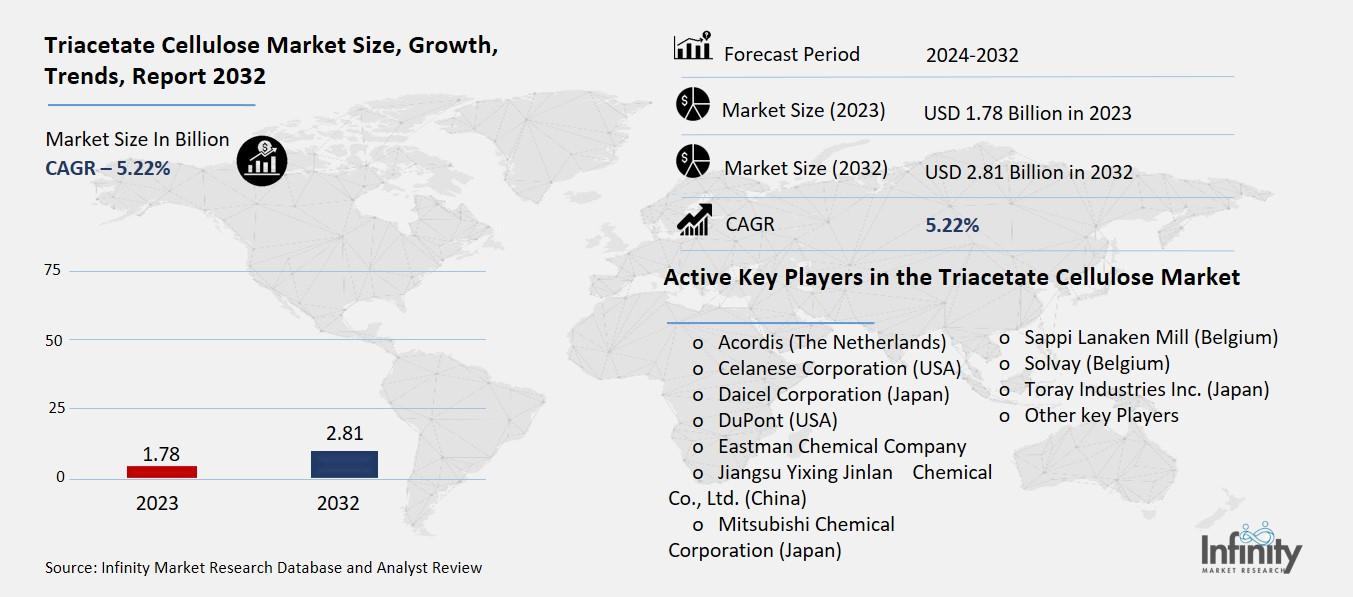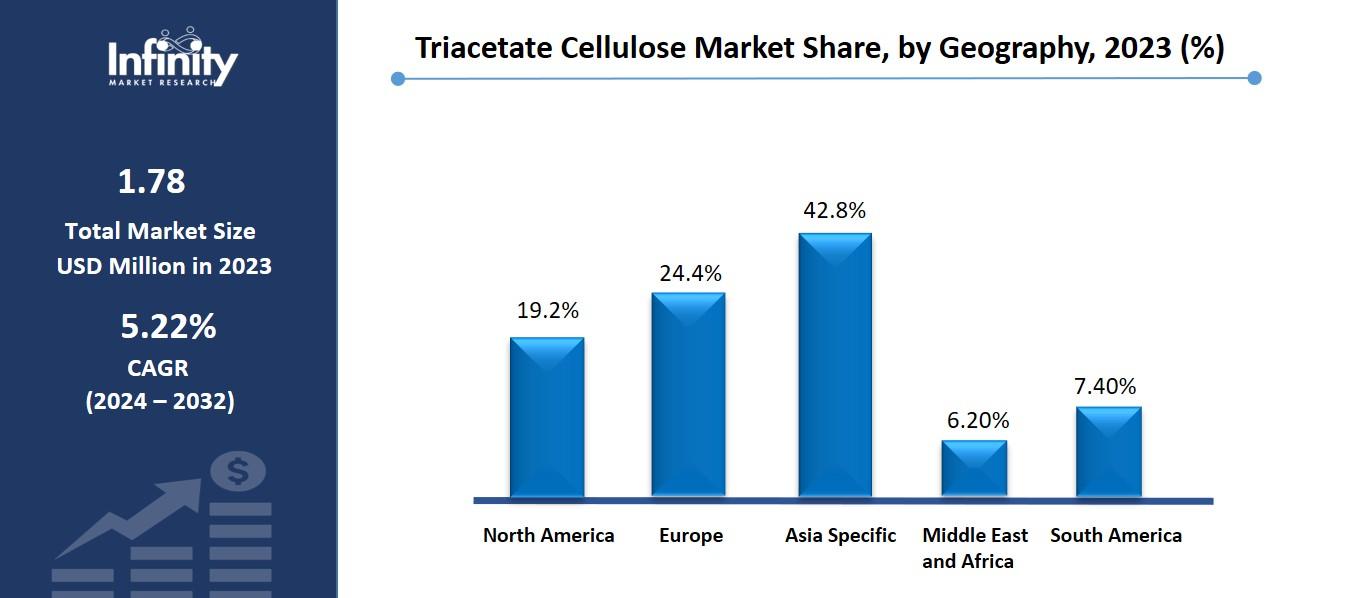
🔐 Secure Payment Guaranteed
Safe checkout with trusted global payment methods.
🌟 Why Choose Infinity Market Research?
At Infinity Market Research, we dont just deliver data — we deliver clarity, confidence, and competitive edge.
In a world driven by insights, we help businesses unlock the infinite potential of informed decisions.
Here why global brands, startups, and decision-makers choose us:
Industry-Centric Expertise
With deep domain knowledge across sectors — from healthcare and technology to manufacturing and consumer goods — our team delivers insights that matter.
Custom Research, Not Cookie-Cutter Reports
Every business is unique, and so are its challenges. Thats why we tailor our research to your specific goals, offering solutions that are actionable, relevant, and reliable.
Data You Can Trust
Our research methodology is rigorous, transparent, and validated at every step. We believe in delivering not just numbers, but numbers that drive real impact.
Client-Centric Approach
Your success is our priority. From first contact to final delivery, our team is responsive, collaborative, and committed to your goals — because you re more than a client; you re a partner.
Recent Reports
Global Myopia Control Lenses Market Report 2025-33
Hyaluronic Acid-based Dermal Fillers Market Report
Triacetate Cellulose Market
Triacetate Cellulose Market Global Industry Analysis and Forecast (2024-2032) By Type (Film Grade, Fiber Grade, Other Grades), By Application (Film & Sheet, Textile & Apparel, Photographic Materials, Food Packaging, Others), By End-User Industry (Packaging, Textile, Consumer Goods, Healthcare, Electronics, Others) and Region
Feb 2025
Chemicals and Materials
Pages: 138
ID: IMR1729
Triacetate Cellulose Market Synopsis
Triacetate Cellulose Market Size Was Valued at USD 1.78 Billion in 2023, and is Projected to Reach USD 2.81 Billion by 2032, Growing at a CAGR of 5.22 % From 2024-2032.
Triacetate cellulose commonly known as TAC is actually cellulose acetate which has been through further acetylation by incorporating more acetic acid which makes it more crystalline, more elastic and less permeable to water than cellulose acetate. Many industries such as films, fibers and photographic materials, use TAC due to the wide applicability of TAC. Characteristic such as transmittance, high gloss and the property that holds its shape when heated make TAC suitable for application in films, textiles as well as other specialty uses.
Triacetate Cellulose Market has good growth potential with the trending demand in film, textile and packaging alternatives. The expanding popularities of TAC in the photographic industry and food packaging will help stimulate market expansion. There are also new opportunities in the fields of production technology and upgraded production efficiencies and opportunities for developments in packing industries and textilists.
From the geographical perspective, Asia-Pacific region is on the leading edge while contributing the most to the market share in this particular field as there are most of the key manufacturing players as well as growing textile industries across China and India. North American & Europe comes next with moderate market share under the influence of high demand in film & packaging. Latin American region and the market in the Middle East & Africa regions are also other key regions, though they contribute a relatively small market in the industry.
Triacetate Cellulose Market Outlook, 2023 and 2032: Future Outlook

Triacetate Cellulose Market Trend Analysis
Sustainable Solutions, TAC's Role in Eco-Friendly Innovations
Another trend identified in the Triacetate Cellulose market is the advance towards the use of TAC for environmentally friendly purposes particularly within the pack aging as well as textile industries. As the global concern rises with regard to the use of plastics and the need to find more ecological solutions, TAC has potential here since it is biodegradable and renewable. This trend is stimulating considerable innovation where manufacturers are keen on deploying high performance and environmentally sustainable TAC based products.
Further, by digital photographs, together with the common by use of photographic films the necessity of TAC in the sphere of photography is supported as well. Even though digital media have taken over most of the uses that formerly required film, there are still markets for high-quality photographic materials, and TAC remains an important producer of these films. The continuous future use of traditional and new technologies in photographic applications will sustain the demand of the TAC based products in this segment.
Green Demand, How Sustainability is Fueling TAC's Growth
This is due to the trends displayed by current generation consumers ‘demand for environmentally friendly triacetate cellulose that is biodegradable. Since customers and industries seek a natural material to replace synthetic polymers, TAC receives attention because of its environmental advantages. The constantly rising concern among governments and environmental organizations on the use of plastics and promotion of sustainability in products is exerting pressure on manufacturers to opt for TAC-based solutions especially in packaging and textiles sectors.
The other important factor is the growth of textile and apparels goods industry and most importantly new emerging economies. The growth of the consumer base that operates within the higher end of the value chain where the fabrics utilized are high quality with a higher durability index is increasing the need for TAC fibers. Since the textile industry is now moving towards producing luxurious fabrics and determining environmental impacts as well TAC may be used in a broad range of fabrics and applications from fashion apparel to technical textile products.
Cost Challenge, Overcoming Production Barriers in TAC
However, the high cost of production of Triacetate Cellulose stands out as the key limitation to the product. Manufacturing of TAC is challenging, and it consumes a lot of energy, which adds extra costs to the total expenses. Therefore, some manufacturers may not be able to be able to compete with cheaper synthetic materials and this disfavors TAC to be applied intensively in low-cost areas, especially in the developing countries.
Another restraint is that the availability of raw material to be actually used in manufacturing TAC is closely controlled. The base material, cellulose, has to be derived only from particular kind of wood or even cotton sometimes it could pose some problems in terms of supply. Moreover, the chemical process used in the conversion of cellulose to Triacetate Cellulose is complex and needs vast facilities hence restricting the density of players in the industry and the access of the product to some area.
Packaging Revolution, TAC as the Biodegradable Alternative
The major development area for the Triacetate Cellulose market could be seen in the increasing application of the comprehensive green packaging material. Since the sustainability aspect is valued both by the end buyer and the producer, TAC has all the advantages of biodegradability compared to traditional plastic packaging. The development of new TAC-based packaging can potentially create different markets in food and beverages, cosmetics and electronics where sustainability is a main concern that plays crucial role.
We also have a chance for TAC because of the increased demand medical and healthcare industry. Due to the bio compatibility of TAC and its appropriateness in the medical textiles and other, TAC can be used in surgical apparels, gown and dressings and other health care products. Thus, TAC’s extraordinary characteristics could have more prospects for growth as a demand for highly-effective medical materials increases.
Triacetate Cellulose Market Segment Analysis
Triacetate Cellulose Market Segmented on the basis of By Type, By Application and By End-User Industry.
By Type, Film Grade segment is expected to dominate the market during the forecast period
The Triacetate Cellulose market can be segmented into three main types: There are the Film Grade, the Fiber Grade and Other Grades. TAC that is used in the film grade is usually employed in the manufacture of transparent films which possess high gloss in addition to durability. The TAC which is manufactured for the fibre grade usage is does not only find application in textiles, as it is elastic and very strong in nature and can work well on natural as well as synthetic fabrics. Other grades on TAC are used in other applications in different industries such as in the manufacture of photographic films and in medical uses.
By Application, Film & Sheet segment expected to held the largest share
Triacetate Cellulose finds its use in Numerous Fields/Applications across divers Industries. TAC is well valued in the Film & Sheet for its high transparency and moisture resistance making it suitable for, food packaging films, photographic films among others. In Textile & Apparel, TAC is employed in order to manufacture quality fabrics that can meet required levels of wear and tear. It is also used in the production of photo graphic materials and more specifically in the manufacturing of superior photo graphic films and due to the fact that it is biodegradable its use in food packaging industries cannot be overemphasized. Other uses of TAC is in consumer products, medical textiles, and specialty items.
Triacetate Cellulose Market Regional Insights
Asia Pacific is Expected to Dominate the Market Over the Forecast period
Currently, the Asia Pacific takes the largest market share of Triacetate Cellulose owing to the increased production facility in countries such as china, India, and Japan. The region is the largest producer and consumer of Triacetate Cellulose especially for textile and packaging industries. The growth of the textile sector in Asia Pacific and consistently rising demand for sustainable products also guarantees its leadership around the world.
Also, rapid industrialization and urbanization processes in the countries such as China and India defined market’s trends. The continuous rise in per capita spending on textiles, together with a transition towards sustainable and renewable materials, is anticipated to ensure that the Asia Pacific remains the leading region of Triacetate Cellulose in the global marketplace. It also avails the region with low cost production in the various production facilities, hence enhancing the global competitiveness of the region.
Triacetate Cellulose Market Share, by Geography, 2023 (%)

Active Key Players in the Triacetate Cellulose Market
o Acordis (The Netherlands)
o Celanese Corporation (USA)
o Daicel Corporation (Japan)
o DuPont (USA)
o Eastman Chemical Company (USA)
o Jiangsu Yixing Jinlan Chemical Co., Ltd. (China)
o Mitsubishi Chemical Corporation (Japan)
o Sappi Lanaken Mill (Belgium)
o Solvay (Belgium)
o Toray Industries Inc. (Japan)
o Other key Players
Global Triacetate Cellulose Market Scope
|
Global Triacetate Cellulose Market | |||
|
Base Year: |
2023 |
Forecast Period: |
2024-2032 |
|
Historical Data: |
2017 to 2023 |
Market Size in 2023: |
USD 1.78 Billion |
|
Forecast Period 2024-32 CAGR: |
5.22 % |
Market Size in 2032: |
USD 2.81 Billion |
|
Segments Covered: |
By Type |
· Film Grade · Fiber Grade · Other Grades | |
|
By Application |
· Film & Sheet · Textile & Apparel · Photographic Materials · Food Packaging · Others | ||
|
By End-User Industry |
· Packaging · Textile · Consumer Goods · Healthcare · Electronics · Others | ||
|
By Region |
· North America (U.S., Canada, Mexico) · Eastern Europe (Bulgaria, The Czech Republic, Hungary, Poland, Romania, Rest of Eastern Europe) · Western Europe (Germany, UK, France, Netherlands, Italy, Russia, Spain, Rest of Western Europe) · Asia Pacific (China, India, Japan, South Korea, Malaysia, Thailand, Vietnam, The Philippines, Australia, New-Zealand, Rest of APAC) · Middle East & Africa (Turkey, Bahrain, Kuwait, Saudi Arabia, Qatar, UAE, Israel, South Africa) · South America (Brazil, Argentina, Rest of SA) | ||
|
Key Market Drivers: |
· Textile Transformation, The Rising Need for High-Quality Materials" | ||
|
Key Market Restraints: |
· Raw Material Constraints, Tackling Supply Chain Hurdles | ||
|
Key Opportunities: |
· Health and Wellness, TAC's Expanding Role in Medical Textiles | ||
|
Companies Covered in the report: |
· Eastman Chemical Company (USA), Mitsubishi Chemical Corporation (Japan), Sappi Lanaken Mill (Belgium), Daicel Corporation (Japan), Solvay (Belgium), Acordis (The Netherlands), Celanese Corporation (USA), Toray Industries Inc. (Japan), DuPont (USA), Jiangsu Yixing Jinlan Chemical Co., Ltd. (China) and Other Major Players. | ||
📘 Frequently Asked Questions
1. What would be the forecast period in the Triacetate Cellulose Market research report?
Answer: The forecast period in the Triacetate Cellulose Market research report is 2024-2032.
2. Who are the key players in the Triacetate Cellulose Market?
Answer: Eastman Chemical Company (USA), Mitsubishi Chemical Corporation (Japan), Sappi Lanaken Mill (Belgium), Daicel Corporation (Japan), Solvay (Belgium), Acordis (The Netherlands), Celanese Corporation (USA), Toray Industries Inc. (Japan), DuPont (USA), Jiangsu Yixing Jinlan Chemical Co., Ltd. (China) and Other Major Players.
3. What are the segments of the Triacetate Cellulose Market?
Answer: The Triacetate Cellulose Market is segmented into By Type, By Application, By End-User Industry and region. By Type, the market is categorized into Film Grade, Fiber Grade, Other Grades. By Application, the market is categorized into Film & Sheet, Textile & Apparel, Photographic Materials, Food Packaging, Others. By End-User Industry, the market is categorized into Packaging, Textile, Consumer Goods, Healthcare, Electronics, Others. By region, it is analyzed across North America (U.S.; Canada; Mexico), Eastern Europe (Bulgaria; The Czech Republic; Hungary; Poland; Romania; Rest of Eastern Europe), Western Europe (Germany; UK; France; Netherlands; Italy; Russia; Spain; Rest of Western Europe), Asia-Pacific (China; India; Japan; Southeast Asia, etc.), South America (Brazil; Argentina, etc.), Middle East & Africa (Saudi Arabia; South Africa, etc.).
4. What is the Triacetate Cellulose Market?
Answer: Triacetate cellulose commonly known as TAC is actually cellulose acetate which has been through further acetylation by incorporating more acetic acid which makes it more crystalline, more elastic and less permeable to water than cellulose acetate. Many industries such as films, fibers and photographic materials, use TAC due to the wide applicability of TAC. Characteristic such as transmittance, high gloss and the property that holds its shape when heated make TAC suitable for application in films, textiles as well as other specialty uses.
5. How big is the Triacetate Cellulose Market?
Answer: Triacetate Cellulose Market Size Was Valued at USD 1.78 Billion in 2023, and is Projected to Reach USD 2.81 Billion by 2032, Growing at a CAGR of 5.22 % From 2024-2032.


🔐 Secure Payment Guaranteed
Safe checkout with trusted global payment methods.
🌟 Why Choose Infinity Market Research?
- Accurate & Verified Data:Our insights are trusted by global brands and Fortune 500 companies.
- Complete Transparency:No hidden fees, locked content, or misleading claims — ever.
- 24/7 Analyst Support:Our expert team is always available to help you make smarter decisions.
- Instant Savings:Enjoy a flat $1000 OFF on every report.
- Fast & Reliable Delivery:Get your report delivered within 5 working days, guaranteed.
- Tailored Insights:Customized research that fits your industry and specific goals.




